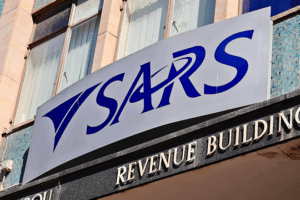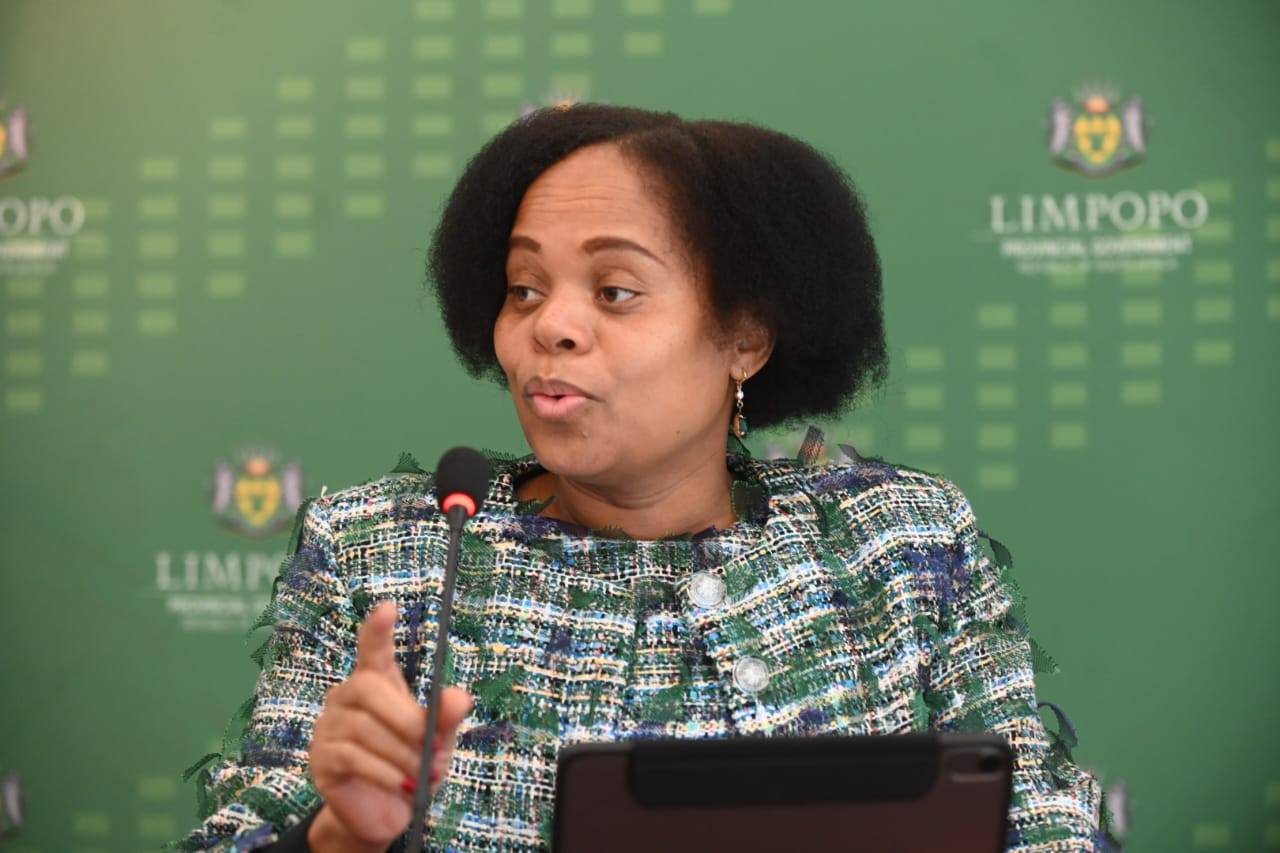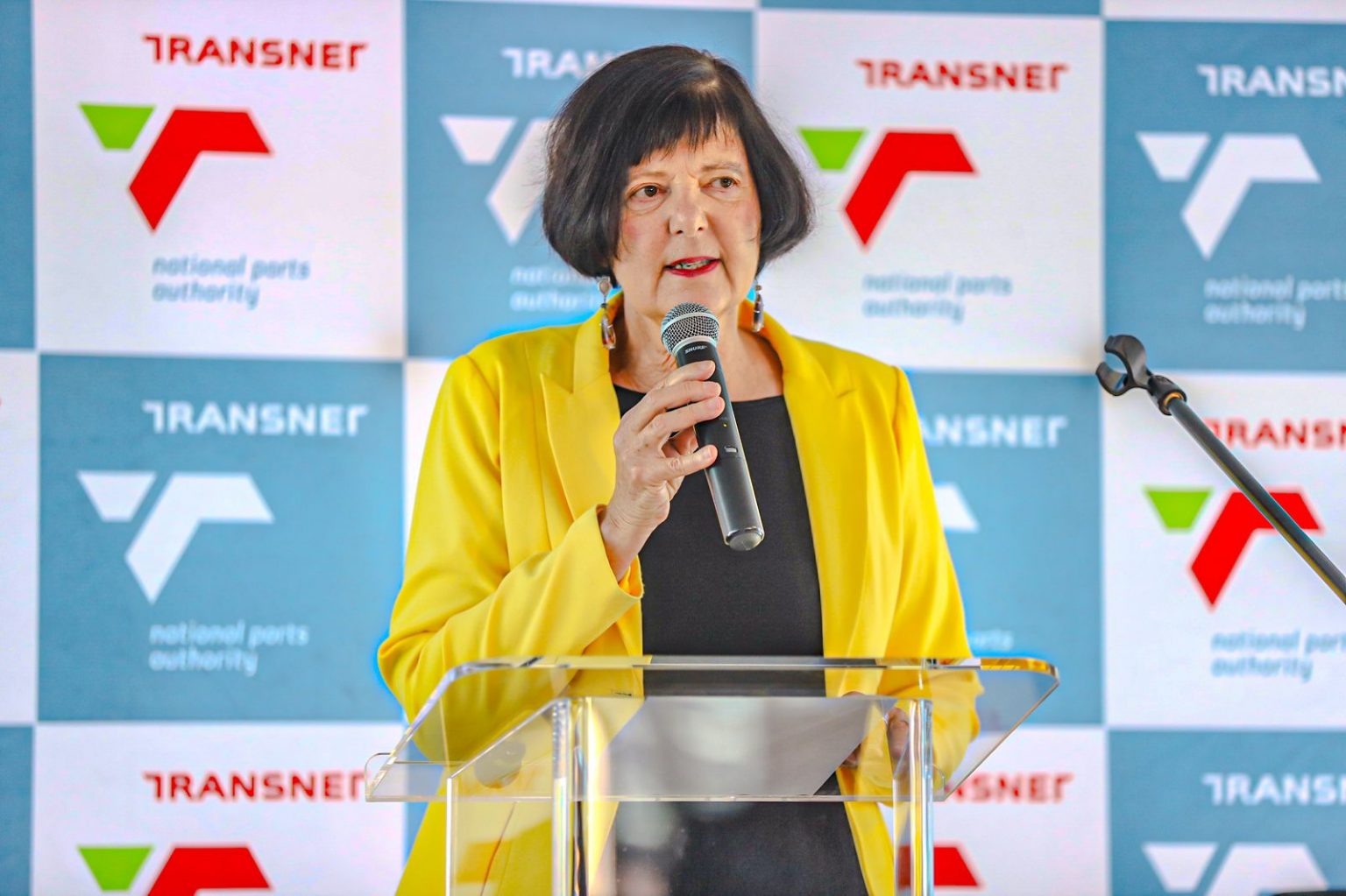Polokwane, South Africa – The Limpopo Provincial Government has officially launched its 2025–2030 Limpopo Development Plan (LDP), a bold and inclusive roadmap aimed at transforming the province into a “resilient, vibrant, and prosperous” hub for sustainable economic growth, social upliftment, and environmental stewardship.
The LDP, endorsed by Premier Dr. Phophi Ramathuba, is designed to address key structural challenges such as unemployment, poverty, inequality, water scarcity, and energy insecurity. It aligns provincial priorities with national and international frameworks, including South Africa’s National Development Plan 2030, the Medium-Term Development Plan (MTDP) 2024–2029, the United Nations Sustainable Development Goals (SDGs), and the African Union Agenda 2063.
Core Objectives and Vision
At the heart of the LDP is a vision symbolized by the Baobab tree representing resilience, vitality, and prosperity. The strategic objectives include:
- Job creation and industrialization
- Infrastructure development and service delivery
- Environmental sustainability
- Digital transformation
- Equity in access to health, education, and economic opportunity
The plan promotes integrated planning across government departments and private sectors and seeks to empower communities through inclusive governance and coordinated resource mobilization.
Economic Focus: Traditional Sectors and Sunrise Industries
Limpopo’s economy, traditionally driven by mining, agriculture, and tourism, will receive a major boost through:
- Value-addition and beneficiation in mining
- Expansion of the Revitalized Agriculture and Agro-processing Value Chain (RAAVC)
- A strategic focus on rural and heritage tourism including Mapungubwe and Kruger Park corridors
In addition, the LDP embraces sunrise industries such as:
- Renewable energy (solar and hydrogen economy)
- Digital infrastructure
- Creative and cultural industries
Industrialization & SEZ Strategy
The plan anchors industrial transformation on two Special Economic Zones (SEZs):
- Musina-Makhado SEZ: Focused on logistics, metallurgy, and agro-processing
- Fetakgomo-Tubatse SEZ: Positioned for green energy and platinum group metal beneficiation
These SEZs are expected to attract billions in investment, boost regional trade via SADC, and create thousands of jobs.
Infrastructure & Social Development
With an average annual R7 billion infrastructure spend, the LDP outlines major goals in:
- Water and sanitation: Targeting 80% access by 2030
- Roads and transport: Strategic upgrades and partnerships with SANRAL
- Energy: Emphasis on solar plant developments and grid reliability
- Digital equity: Expansion of broadband networks, especially in rural areas
On the social front, the plan pledges to:
- Improve the matric pass rate to 90%
- Expand Early Childhood Development (ECD) to over 200,000 children
- Build Ideal Clinics and a Limpopo Academic Hospital
- Reduce poverty rates from 56% to 26% by 2030
Monitoring, Implementation & Targets
The province targets:
- 2.2% economic growth
- 20% official unemployment rate
- 520,000 new jobs
- R600 billion in fixed capital formation
- Reducing the Gini coefficient to 0.5 to tackle inequality
The implementation will follow the District Development Model (DDM), integrating municipalities, private sector, and community-based planning.
Final Thoughts
As Premier Ramathuba states, the 2025–2030 LDP is “not just a reflection of our past efforts but a bold declaration of our aspirations for a brighter future.” It calls on every stakeholder from government and industry to civil society and youth to join hands in building a Limpopo that thrives economically, socially, and environmentally.
📘 Access the full LDP document here: Limpopo Development Plan 2025–2030 PDF











